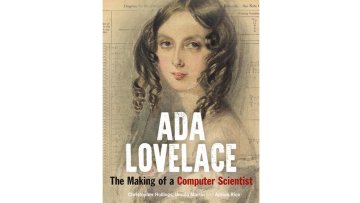12:00
Geometric invariants for Chemical Reaction Networks
Abstract
Steady state chemical reaction models can be thought of as algebraic varieties whose properties are determined by the network structure. In experimental set-ups we often encounter the problem of noisy data points for which we want to find the corresponding steady state predicted by the model. Depending on the network there may be many such points and the number of which is given by the euclidean distance degree (ED degree). In this talk I show how certain properties of networks relate to the ED degree and how the runtime of numerical algebraic geometry computations scales with the ED degree.


